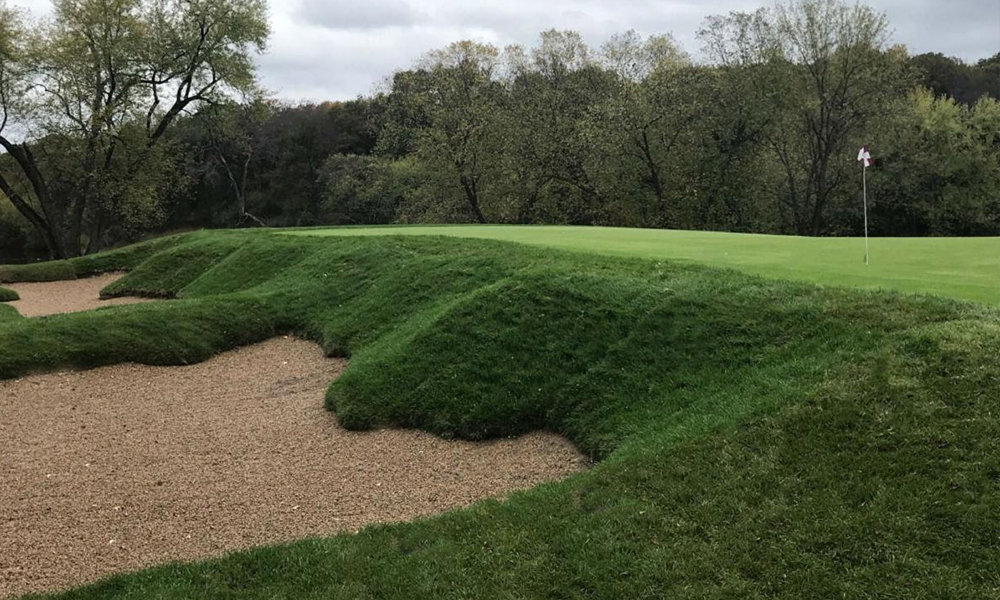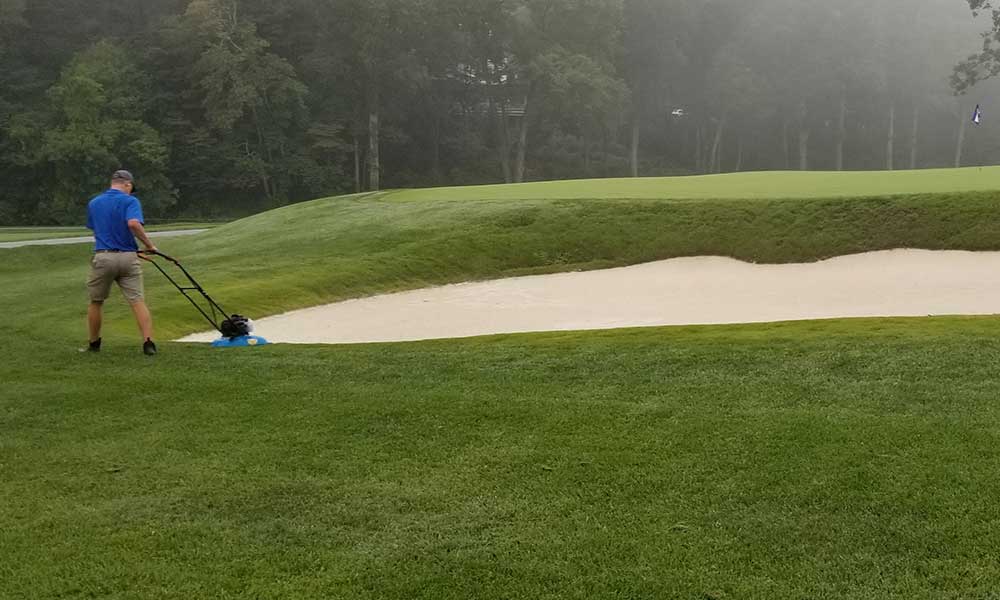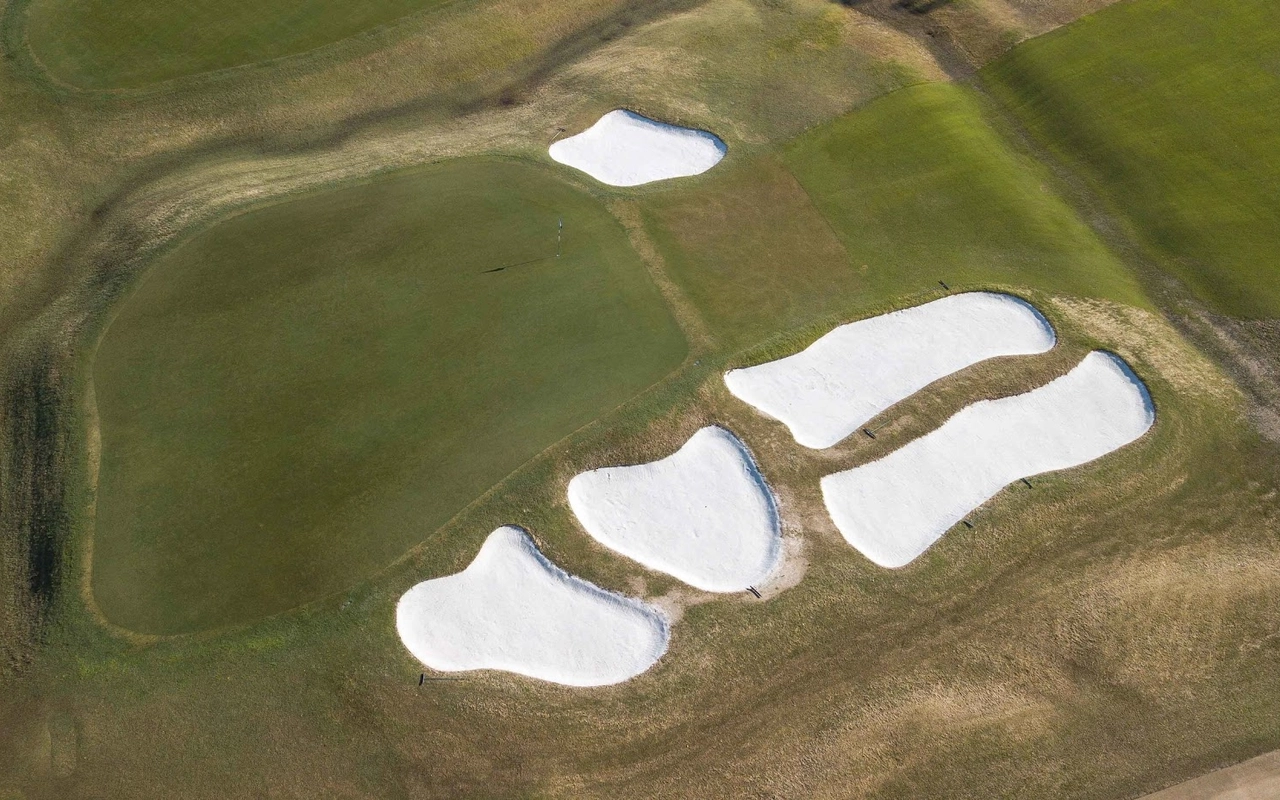Walk onto any golf course and the first thing you might notice—besides the greens and fairways—are the bunkers. Some look like sculpted works of art. Others seem more like random patches of sand that haven’t seen a rake in days. You might complain after a plugged lie, or nod with appreciation after a clean bunker shot lands within three feet. But few golfers stop to consider the story behind each bunker. And at the center of that story is the Golf Course Superintendent.
If you’re between 30 and 50 and spend your weekends chasing birdies and bragging rights, this article is for you. It’s a look under the surface—literally—of the bunkers you play out of every round. It’s also a look at the people making decisions behind the scenes that directly affect your game.
The Evolution of Bunkers
Historically, bunkers were accidents—wind-swept hollows where sheep huddled for shelter on Scottish links. Over time, they became intentional, strategic elements. Today, they vary wildly in size, shape, placement, and maintenance depending on the course philosophy and the resources behind it.
Architects use bunkers to challenge your shot selection and create visual framing. But design is only half the equation. Once a course is built, maintenance becomes the key to bunker performance—and that falls squarely on the Golf Course Superintendent.
Whether you’re at a municipal course or a private club, the quality of your bunker experience reflects decisions made by that superintendent every day.
Related: The strongest, in the wettest

The Superintendent’s Balancing Act
A Golf Course Superintendent manages much more than turf. They’re responsible for water management, chemical application, labor schedules, and equipment. Bunker upkeep is just one line item—but it’s one of the most debated and expensive ones.
According to the United States Golf Association (USGA), maintaining bunkers can consume up to 25 percent of a course’s total maintenance budget. That’s a massive figure, especially when you consider that bunkers don’t produce revenue and aren’t technically considered “playing surfaces” in the rules of golf.
So why spend so much? Because you—the player—expect consistency. You want bunkers to drain properly, to offer a fair lie, and to reflect the quality of the course. But achieving that consistency isn’t easy. Sand quality degrades. Edges erode. Weeds creep in. Labor is short. And preferences vary. Some players want fluffy white sand, others prefer firmer lies. There’s no universal standard, and the Golf Course Superintendent is stuck in the middle, trying to meet expectations with limited resources.

What Makes a “Good” Bunker?
You may have strong opinions about bunkers. But have you ever defined what makes one “good”? Is it aesthetics? Playability? Drainage? All of the above?
Most superintendents aim for consistency across all bunkers. That means the same depth of sand, uniform moisture levels, and similar rake patterns. But even within a single course, microclimates, sun exposure, and foot traffic can lead to wildly different bunker conditions.
Some superintendents are turning to bunker liners and specialty sands to maintain playability. Others are reducing bunker count altogether during renovations to control costs and focus on quality. Michael J. Benkusky, ASGCA, notes that many courses are downsizing bunker complexes not to make play easier, but to improve strategic impact while reducing maintenance overhead.
Still, even the best bunker design won’t matter if the maintenance can’t keep up.
Related: How to Build a Principal’s Nose Bunker
A Golfer’s Role in Bunker Culture
Your behavior affects bunker quality too. Do you rake thoroughly? Do you enter and exit from the low side? Or are you one of those players who leaves a crater and walks away?
Superintendents deal with daily cleanup because players don’t always treat bunkers with respect. The result? More labor hours spent on preventable issues. And with many courses operating on thin staffing, that raking time comes at the expense of mowing or irrigation tasks.
Some clubs have moved to mechanized bunker rakes or outsourced sand maintenance entirely. But most still rely on a crew showing up before sunrise to prep your bunkers before your tee time.
When you hit a bad lie or see an unraked footprint, consider this: Was it the superintendent’s failure—or the player before you?
The Case for “Imperfect” Bunkers
There’s a growing conversation in golf course management about embracing natural-looking, rugged bunkers. The USGA suggests that not all bunkers need to look the same or even play the same. This philosophy draws from traditional links-style setups, where bunkers are part of the landscape rather than pristine hazards.
Some Golf Course Superintendents are now shifting resources away from high-maintenance, sculpted bunkers and toward simpler, more sustainable designs. That doesn’t mean they’re cutting corners—it means they’re adapting to long-term realities: labor shortages, rising sand costs, and changing player expectations.
Would you prefer fewer but better-maintained bunkers? Or more hazards that look good from a distance but play inconsistently? These are the tradeoffs your superintendent is weighing.
Looking Ahead: What You Can Expect
Technology is starting to play a bigger role. Moisture sensors, GPS-guided maintenance tools, and data-driven scheduling are becoming more common. New bunker construction materials, like stacked sod or polymer liners, promise longer lifespans and better drainage. But these upgrades are expensive.
At the same time, many courses are renovating existing bunkers to reduce maintenance. According to a survey from the American Society of Golf Course Architects (ASGCA), nearly 50 percent of renovations over the past decade have included bunker redesign or reduction.
That’s not a coincidence. It reflects a broader effort to align expectations with what’s sustainable.
What This Means for You
Next time you’re in a bunker, think beyond your shot. Ask yourself:
- Was the sand consistent across the hole?
- Was it drained after rain?
- Did it look like someone had prepped it recently?
If the answer is yes, there’s a good chance the Golf Course Superintendent and their crew were up hours before you, making sure the course delivered a playable experience. If not, it might not be negligence—it could be a question of time, budget, or a shift in priorities.
Want better bunkers? Respect the ones you have. Rake them. Support your course’s investment in renovations. Ask about their maintenance plan before complaining.
Bunkers aren’t just an obstacle—they’re a reflection of how your course is managed. And at the heart of that management is a Golf Course Superintendent making tough decisions every single day.

















